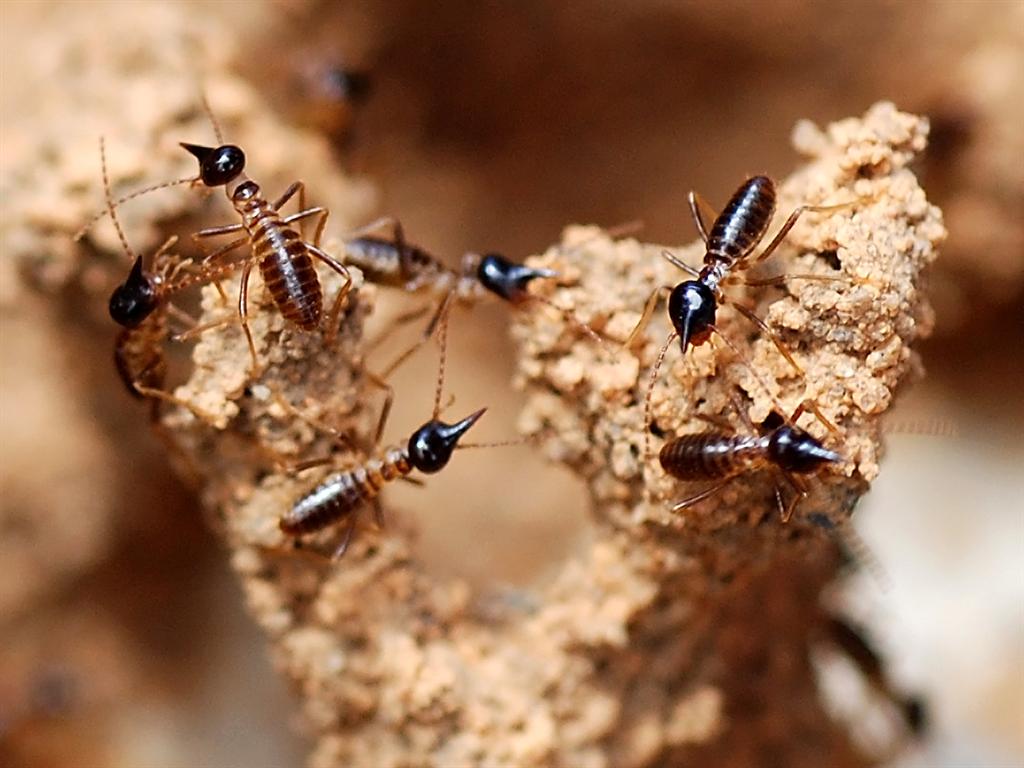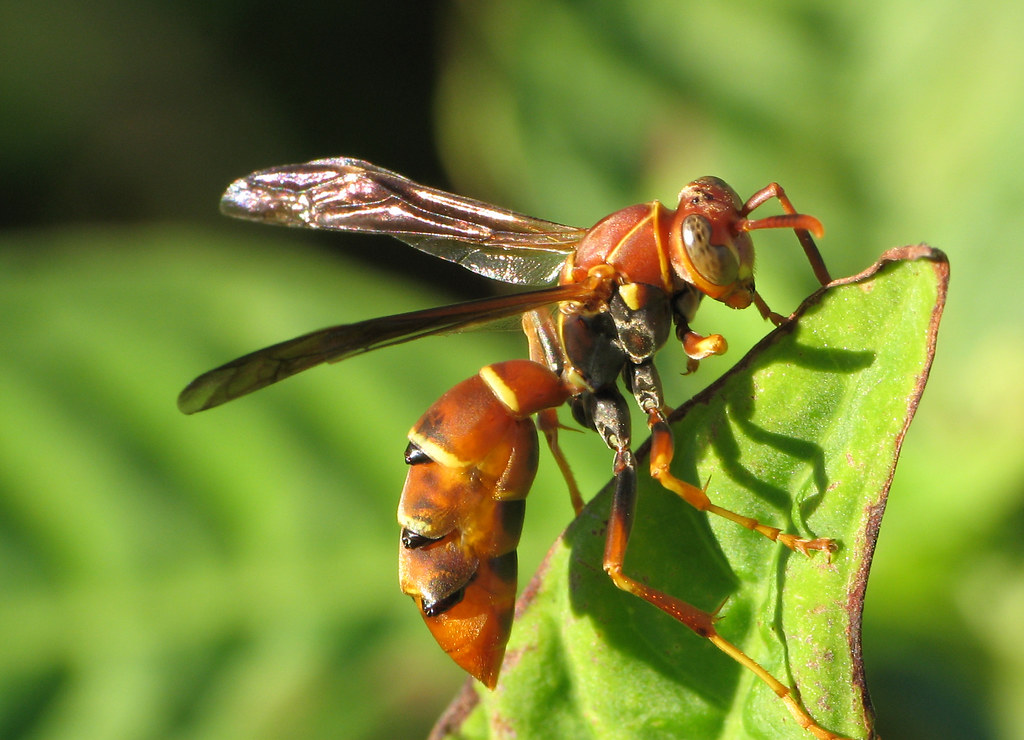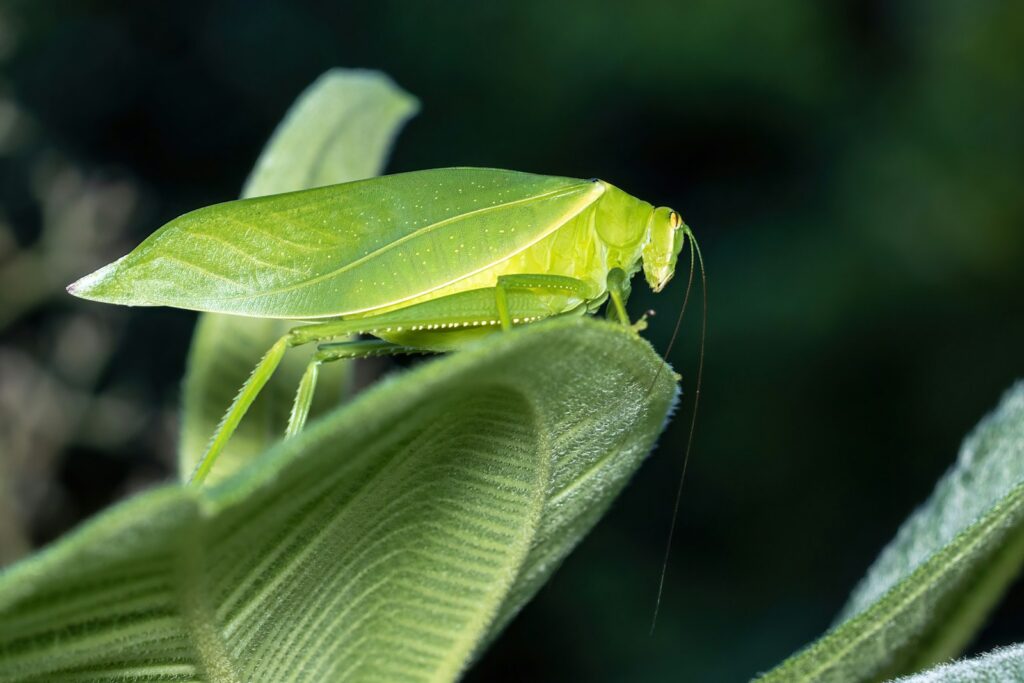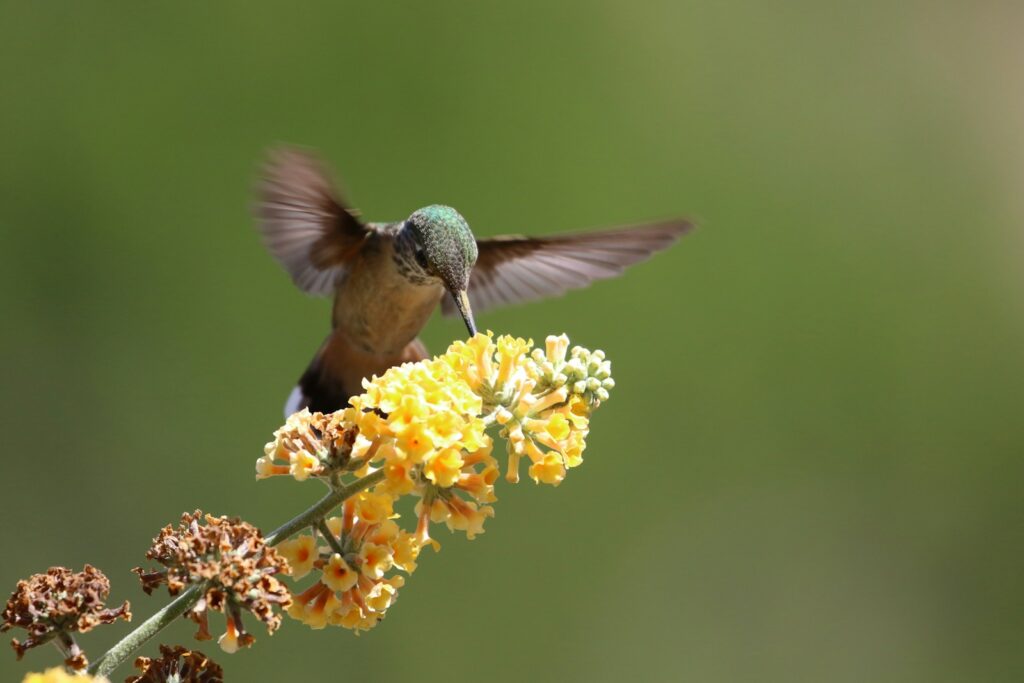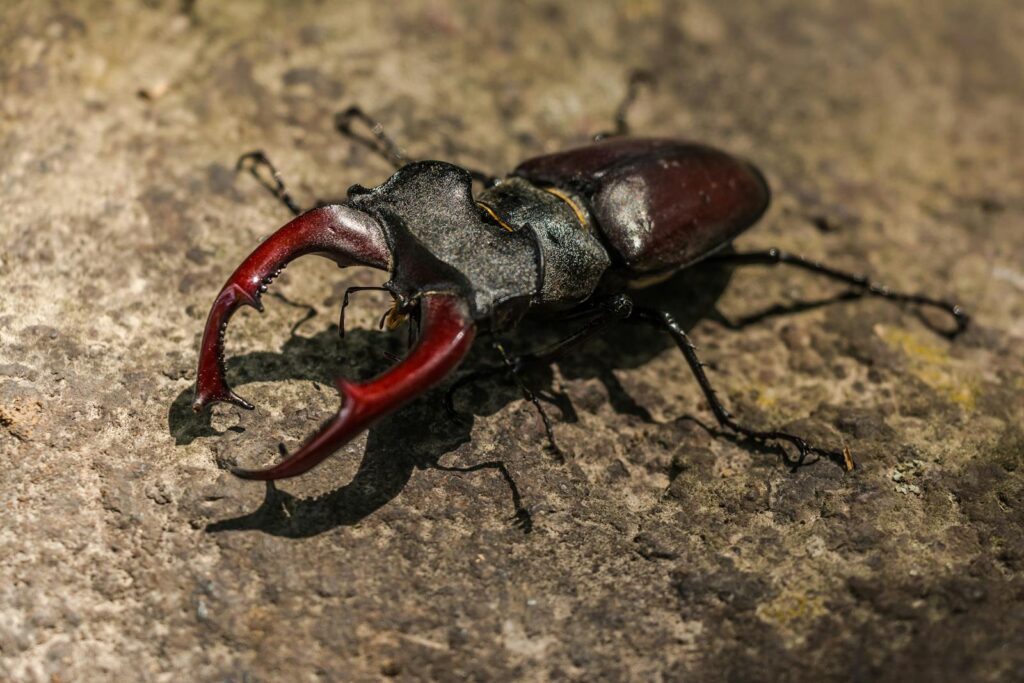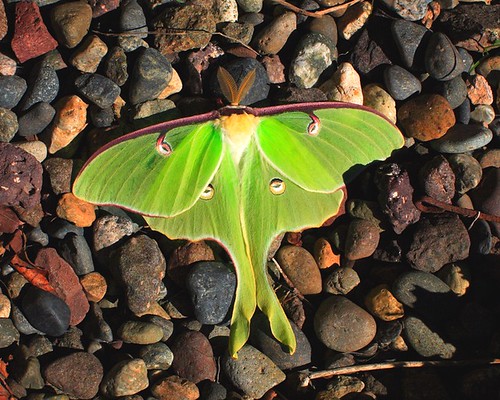Bug Brains vs AI: What Insects Are Teaching Neuroscientists
In the world of intelligence research, an unlikely contestant has emerged in the race to understand cognition: the humble insect. Despite having brains smaller than a pinhead, insects demonstrate remarkable capabilities in navigation, communication, and problem-solving that continue to astonish researchers. As artificial intelligence systems grow increasingly sophisticated yet struggle with tasks that insects perform ...

